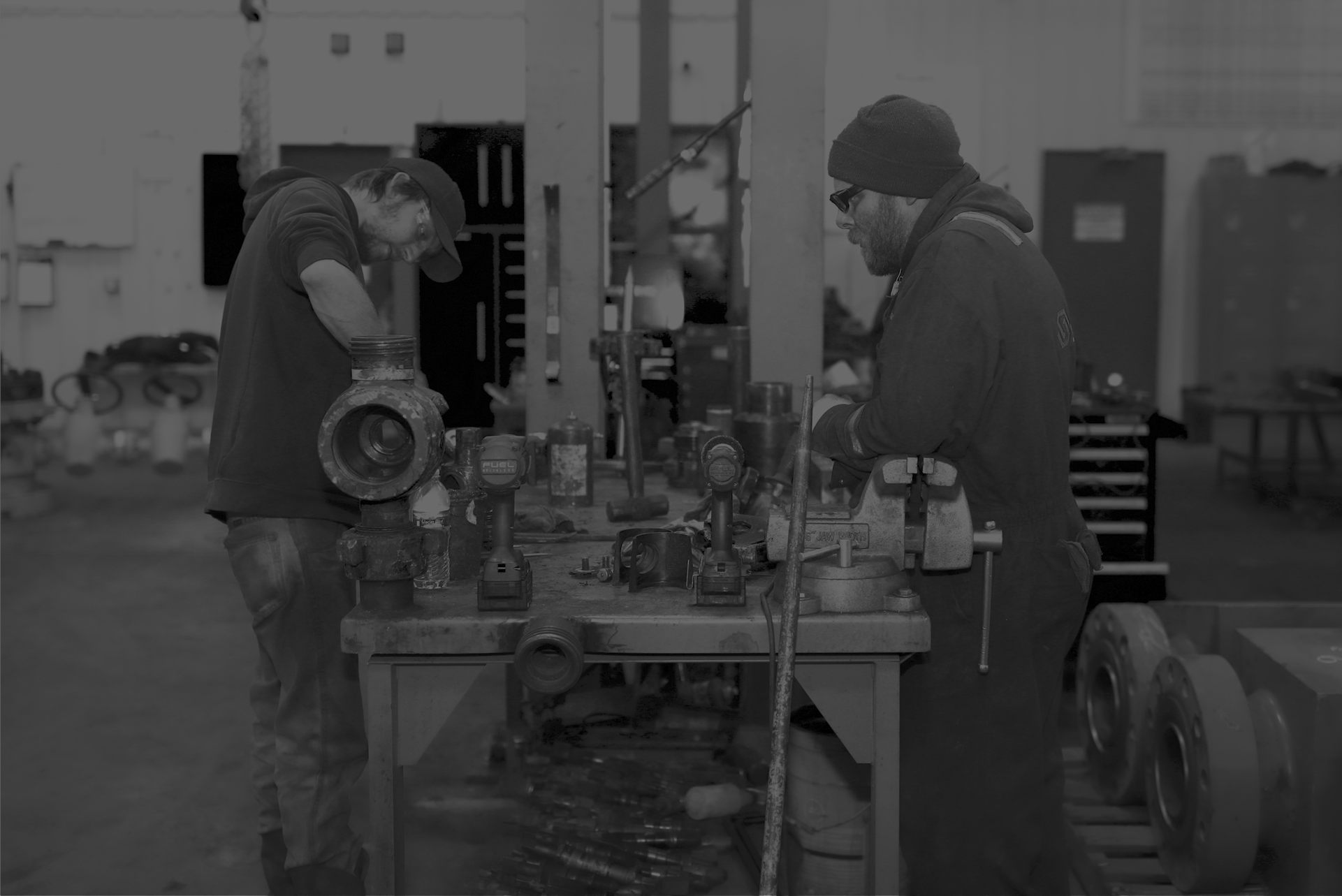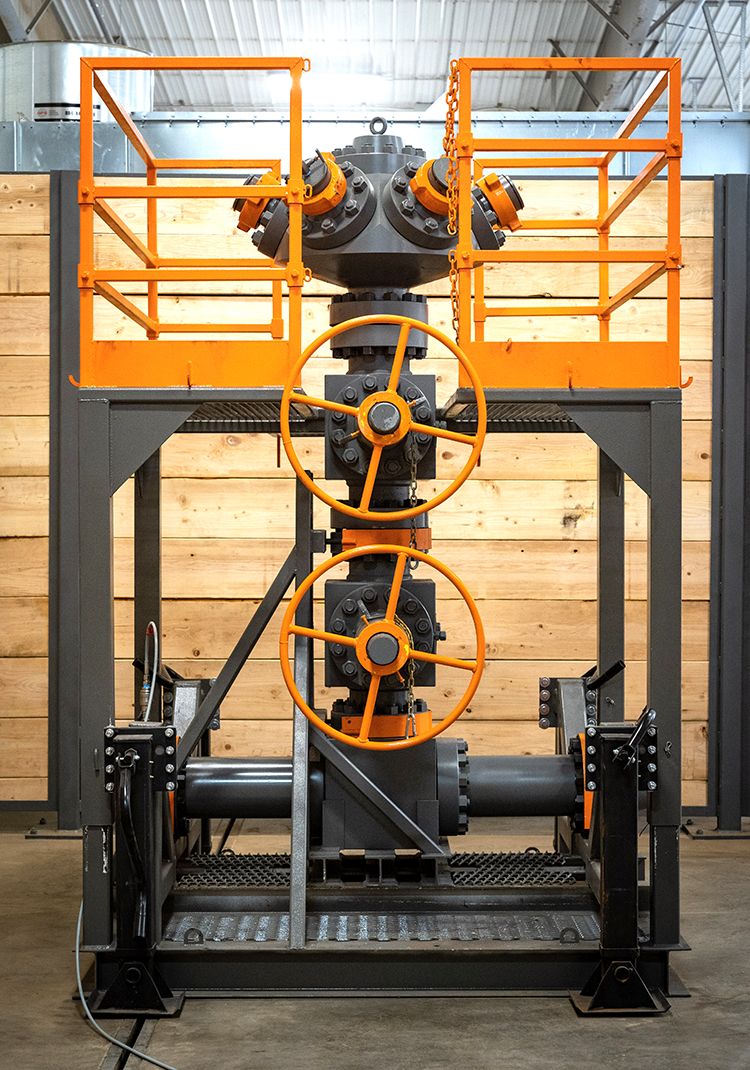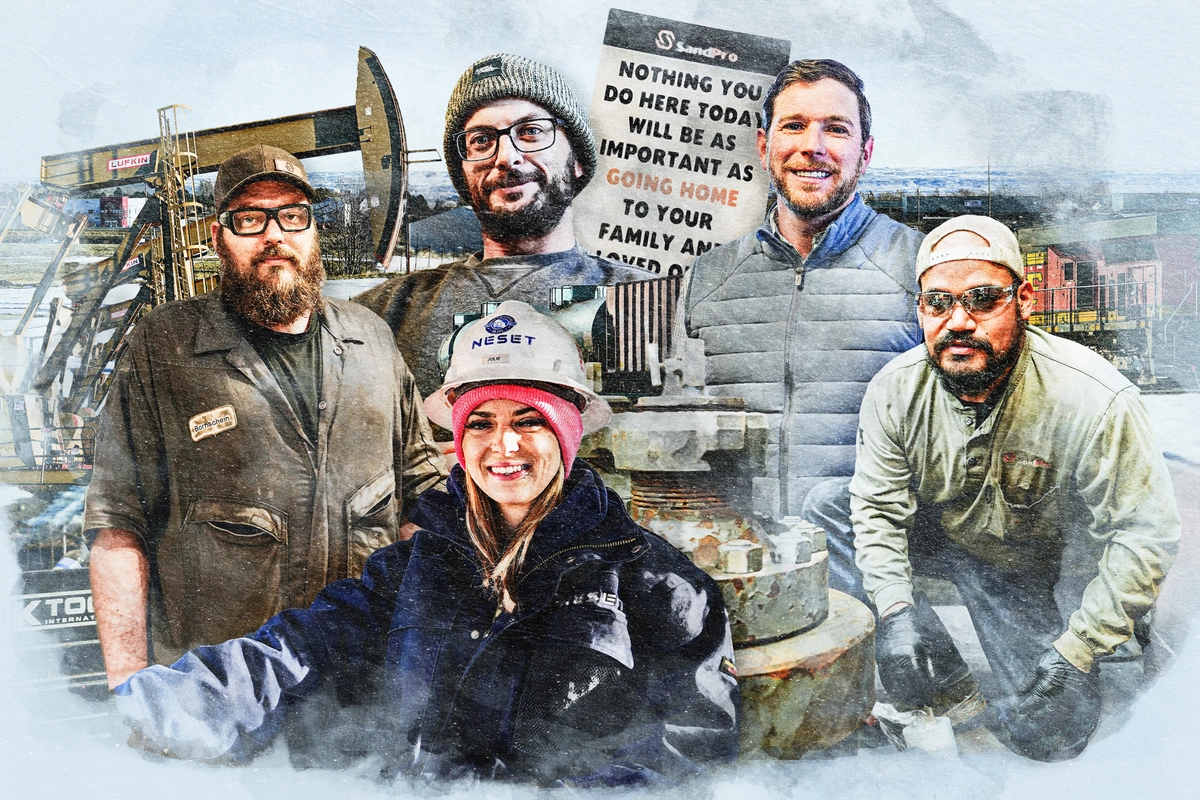By Drew Anderson – SandPro LLC
In the realm of oil and gas production, safety reigns supreme. Ensuring the secure and efficient extraction of these vital resources demands robust systems and protocols, especially when it comes to well control. At the forefront of this endeavor stands the surface safety valve (SSV), a critical component that acts as the guardian of well integrity. Let us discuss Well Control.
Understanding Well Control
Before delving into the specifics of surface safety valves, it is essential to grasp the concept of well control. In oil and gas extraction, wells are subjected to high pressures and volatile conditions as well as long term surface equipment deterioration. Without proper management, these factors can lead to uncontrolled flow, resulting in catastrophic blowouts and environmental disasters.
Well control involves employing various mechanisms and technologies to regulate the flow of hydrocarbons from the wellbore.
At SandPro LLC, we are committed to the processes that are crucial for maintaining operational safety, protecting personnel, and safeguarding the environment.
The Role of Surface Safety Valves
Surface safety valves serve as the primary line of defense in well control systems. Positioned at the wellhead, these valves act as a barrier between the wellbore and surface equipment, allowing operators to isolate the well in case of emergencies or abnormal conditions.
- Emergency Shutdown: In the event of an unforeseen hazard such as high pressure from the well or low pressure due to breach in the flowline, surface safety valves can swiftly close, halting the flow of fluids from the well. This rapid response capability is essential for preventing the escalation of dangerous situations and environmental consequences.
- Remote Operation: Modern surface safety valves are often equipped with remote or automated control systems, allowing operators to activate them from a safe distance or as an
automatic response to a condition. These features enhance operational flexibility and minimize exposure to potential risks during emergency situations. - Redundancy and Reliability: To mitigate the risk of valve failure, redundant systems and stringent maintenance protocols are employed. Surface safety valves undergo rigorous testing and inspection to guarantee their reliability under demanding conditions.
- Types of Surface Safety Valves: To ensure dependable well control, surface safety valves, whether they are a gate or ball valve, should store a form of mechanical energy. Why? When a condition occurs and well control is called upon, the stored mechanical energy is all that is needed to achieve well control. Surface safety valves that are “spring assisted” store mechanical energy. It is crucial that the surface safety valve is not dependent on air, gas, hydraulics, or electricity for the valve to move to the closed position to provide well control.
- Applications: When production is in the high-pressure phases, the surface safety gate valve should be used to provide maximum well control and reliability. When production is in the lower pressure artificial lift phases, the correctly specified surface safety ball valve can be a worthy solution to provide reliable long term well control.
NOTE: It is crucial that the installation of a surface safety valve be closer to the actual wellhead to achieve well control when needed. A surface safety valve will not be able to provide well control if it is downstream of any breach in the production flowline.
Ensuring Compliance and Best Practices
The deployment and operation of surface safety valves are governed by stringent regulations and industry standards. Regulatory bodies such as the American Petroleum Institute (API) and the International Organization for Standardization (ISO) establish guidelines for the design, installation, and maintenance of these critical components. Moreover, adherence to best practices and continuous training are imperative for personnel involved in well control operations. Comprehensive emergency response plans, regular drills, and simulations help maintain readiness and ensure swift and effective action in crisis scenarios.
Conclusion
Surface safety valves stand as indispensable guardians of oil and gas production, offering a vital layer of protection against well control hazards. As the oil and gas production industry continues to evolve, advancements in technology and practices will further enhance the reliability and effectiveness of these critical components.
By prioritizing safety, adherence to regulations, and ongoing innovation, the oil and gas sector can uphold its commitment to responsible resource extraction while safeguarding personnel, communities, and the environment. On the stage of well control, surface safety valves play a starring role, ensuring that operations proceed safely and securely, even in the face of adversity.






